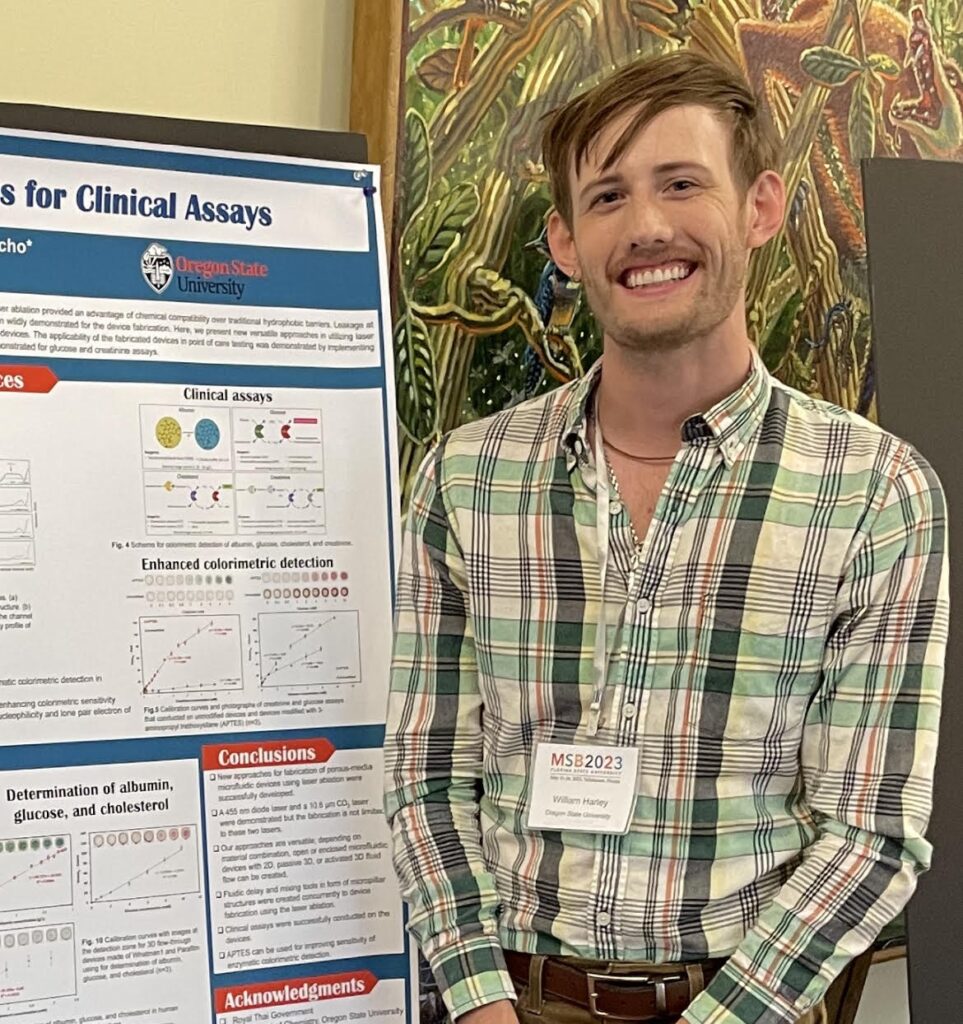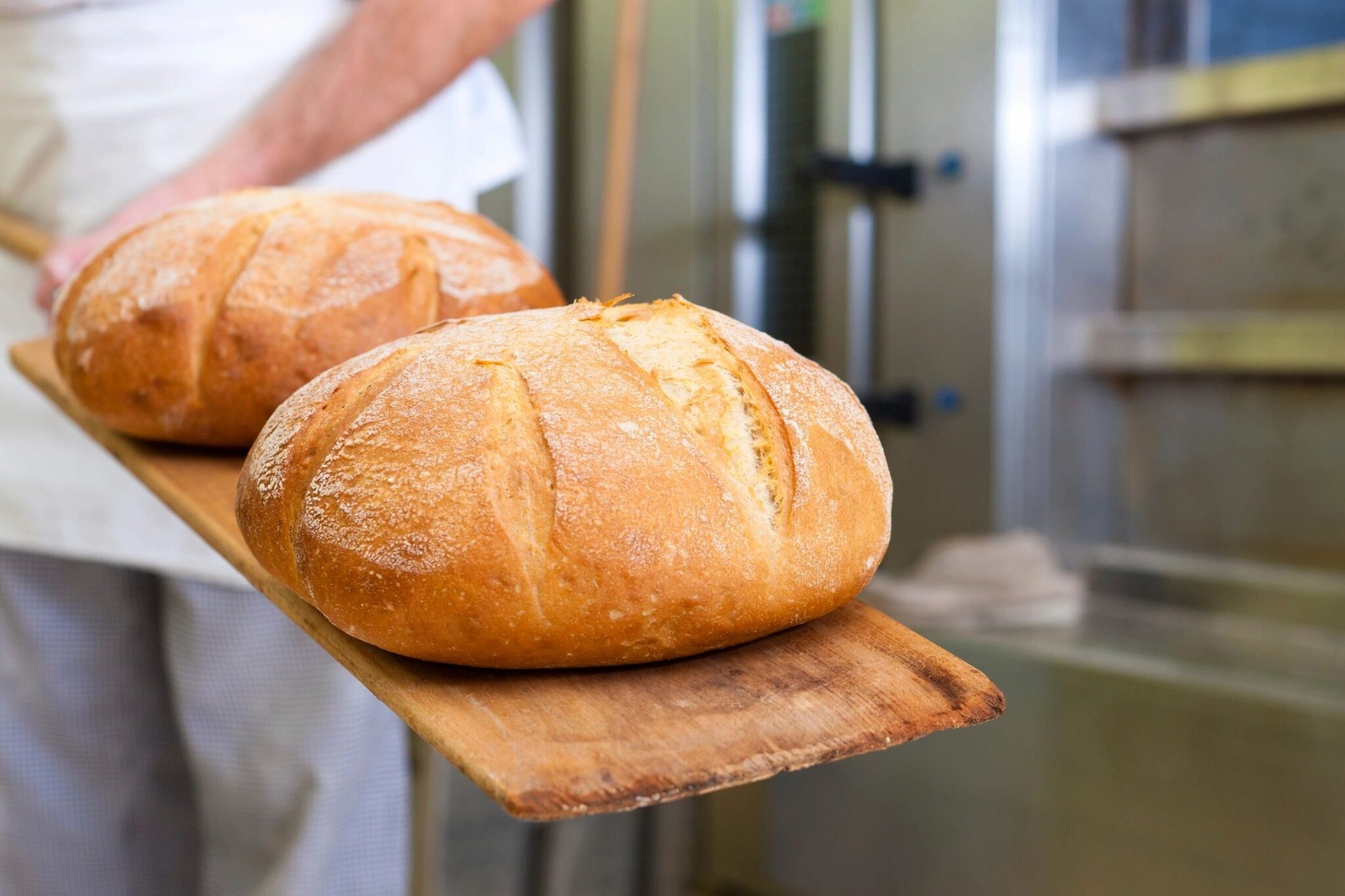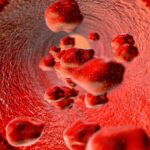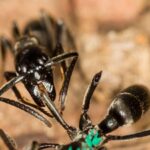Making Antipsychotics with Baker’s Yeast
Researchers used baker’s yeast to produce two compounds important to antipsychotic drugs: alstonine and serpentine.
By William Harley
When it comes to medicine, plants are key manufacturing partners. Plants are capable of producing a vast range of natural products with medicinal properties. The active ingredient in aspirin—salicylic acid—was identified from willow trees. But plants aren’t just good at making painkillers. The plant-derived compounds alstonine and serpentine are reported to have antipsychotic, anticancer, and antimalarial effects.
While plants are great at coming up with these natural remedies, there are still numerous obstacles toward large-scale production. Extractions from plants are difficult and result in low yields. If we turn to making the drugs from scratch ourselves, separating the resulting products is also challenging. So, when faced with these roadblocks, researchers at the Technical University of Denmark have made the surprising jump towards using baker’s yeast as a tool to create these drugs. But maybe this step is not so unusual at all.
RELATED: Medicinal Plants to Nourish the Soul
Genetically engineering baker’s yeast
Baker’s yeast, Saccharomyces cerevisiae, is a surprisingly desirable candidate for engineering. It is low-cost and easy to genetically manipulate. It requires simple growth media and grows quickly. To most people, yeast is commonly used to carry out the process of fermentation. This provides us with products like bread and beer. The process involves the breakdown of sugars in the absence of oxygen while producing carbon dioxide and ethanol. When researchers at the Technical University of Denmark view fermentation, they don’t see the opportunity to make bread. They see a process that can be repurposed to produce compounds of medicinal use.
Researchers can redirect the yeast’s natural fermentation process by expressing plant genes in the yeast cells. These genes encode enzymes: critical tools in the production line of cellular processes. The genes are modified and inserted into the yeast such that it treats the gene as its own and produces the enzymes. The enzymes in turn produce the desired compound through a series of steps.
But this redirection is not as simple as taking a set of tools from plants and putting them in yeast cells. The steps to produce compounds like alstonine and serpentine are complicated and diverse. Different plants have different versions of the same enzymes. In order to integrate the plant pathway into yeast cells, the researchers tested a variety of options for enzymes. They explored a library of similar enzymes and determined which produced the maximum yield of alstonine and serpentine.
Testing yeast antipsychotics
The researchers faced one final step in demonstrating the utility of this new method for creating antipsychotic drugs. They had to determine if the alstonine produced directly from yeast worked as expected.
RELATED: Yeast, A Poem
Instead of testing alstonine in human subjects, the researchers continued to experiment with their well-established partner: baker’s yeast. Previous research shows that alstonine acts on common drug targets in the nervous system. These targets are activated by epinephrine and serotonin—two messengers critical in the fight-or-flight response and psychosis.
Researchers engineered yeast and mammalian cells to express these drug targets. They then measured the ability of alstonine to bind and block those targets. Alstonine was demonstrated to bind to both of these targets, beating out epinephrine and serotonin and thus demonstrating its therapeutic ability.
Digging deeper
Even after successfully producing two natural antipsychotics, the scientists did not stop exploring the utility of baker’s yeast. Their methods opened the door to creating new-to-nature therapies. Prior research had shown that the addition of a halogen atom to the class of compounds such as alstonine and serpentine improves their pharmaceutical properties. But not even plants could produce these compounds with a halogen atom naturally. In order to create these new compounds, the scientists modified the yeast to express a pair of enzymes that added a step to the already existing pathway. This step allowed the scientists to create alstonine and serpentine with the added halogen atom.
The ability to make new-to-nature compounds and two natural antipsychotic drugs using baker’s yeast opens the door toward fermentation-based production of drugs and future tools for drug discovery. While most of the world will continue using yeast to bake bread, a group of scientists are using it to bring a new generation of drugs to society.
This study was published in the peer-reviewed journal Nature Chemical Biology.
Reference
Bradley, S. A., Lehka, B. J., Hansson, F. G., Adhikari, K. B., Rago, D., Rubaszka, P., Haidar, A. K., Chen, L., Hansen, L. G., Gudich, O., Giannakou, K., Lengger, B., Gill, R. T., Nakamura, Y., de Bernonville, T. D., Koudounas, K., Romero-Suarez, D., Ding, L., Qiao, Y., … Jensen, M. K. (2023). Biosynthesis of natural and halogenated plant monoterpene indole alkaloids in yeast. Nature Chemical Biology, 19, 1551–1560. https://doi.org/10.1038/s41589-023-01430-2


About the Author
William Harley completed degrees in biochemistry & molecular biology and in chemical engineering from Oregon State University. While an engineer by profession, he enjoys creating music, trail running, and baking. Connect with William on LinkedIn.




